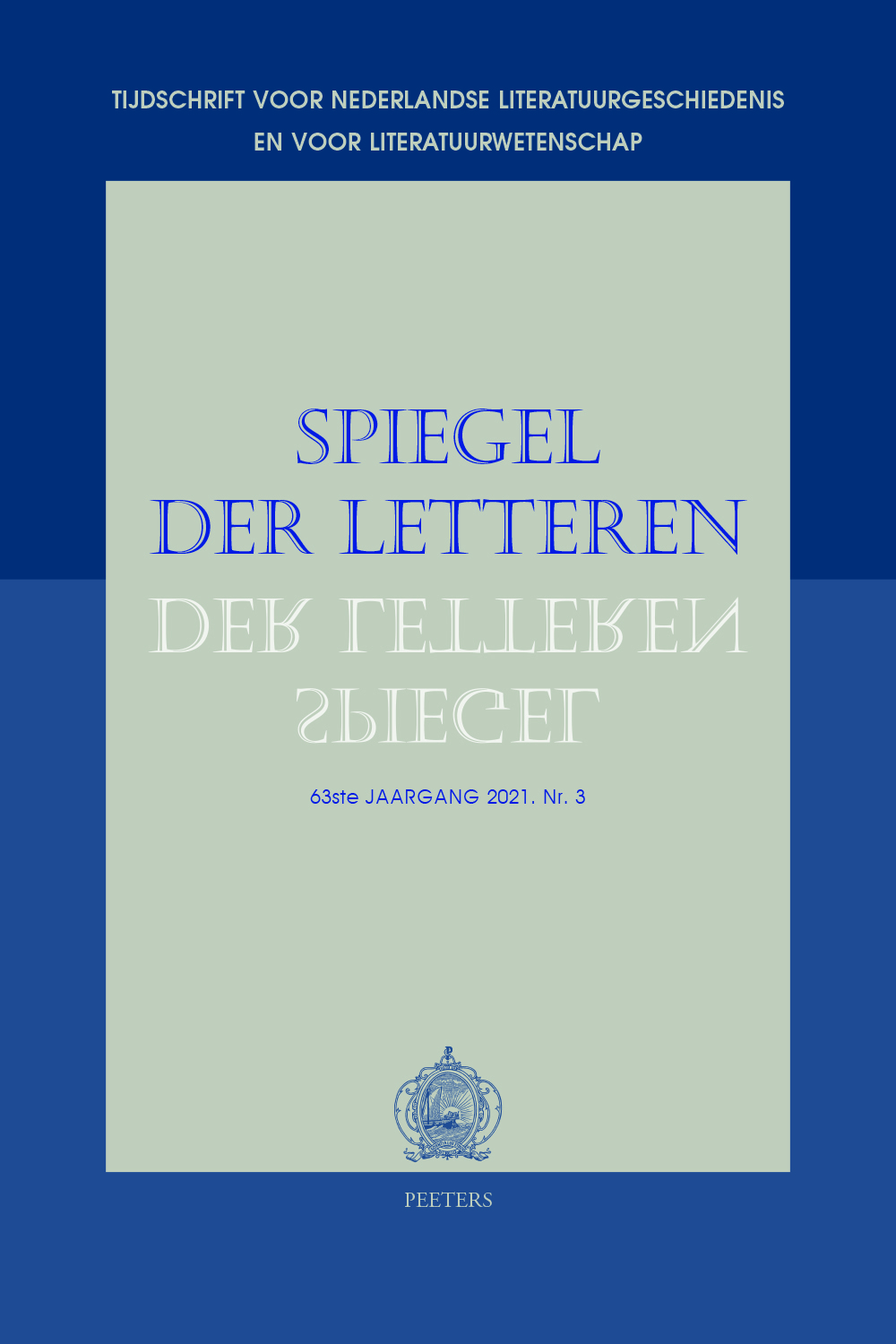 previous article in this issue previous article in this issue | next article in this issue  |

Preview first page |
Document Details : Title: Van Tachtig tot de avant-garde Subtitle: De ontwikkeling van het begrip ritme in Verweys kunstopvatting rond 1900 Author(s): COLLEE, Sterre Journal: Spiegel der Letteren Volume: 64 Issue: 2 Date: 2022 Pages: 127-153 DOI: 10.2143/SDL.64.2.3291065 Abstract : This article explores the use of the notion of rhythm throughout the late nineteenth-century and early twentieth-century work of Albert Verwey, starting from his writings in De Nieuwe Gids (1885-1893) and ending at De Beweging (1905-1919). It is argued that Verwey’s use of the notion displays the gradual evolvement of his esthetical and poetical principles during the given period, which is demonstrative of a more general development in the way of thinking about art in Dutch literature around 1900. Verwey’s evolution takes place within a cultural framework that is on one side marked by the subjectivist, individualist ideals of Willem Kloos and his movement of Tachtig, while on the other by the impersonalized, universalist principles of the modern avant-garde represented by artists like Theo van Doesburg and Piet Mondrian. Exactly through the notion of rhythm, however, both opposites appear synthetically as part of the same fin-de-siècle manner of thought. |
|


